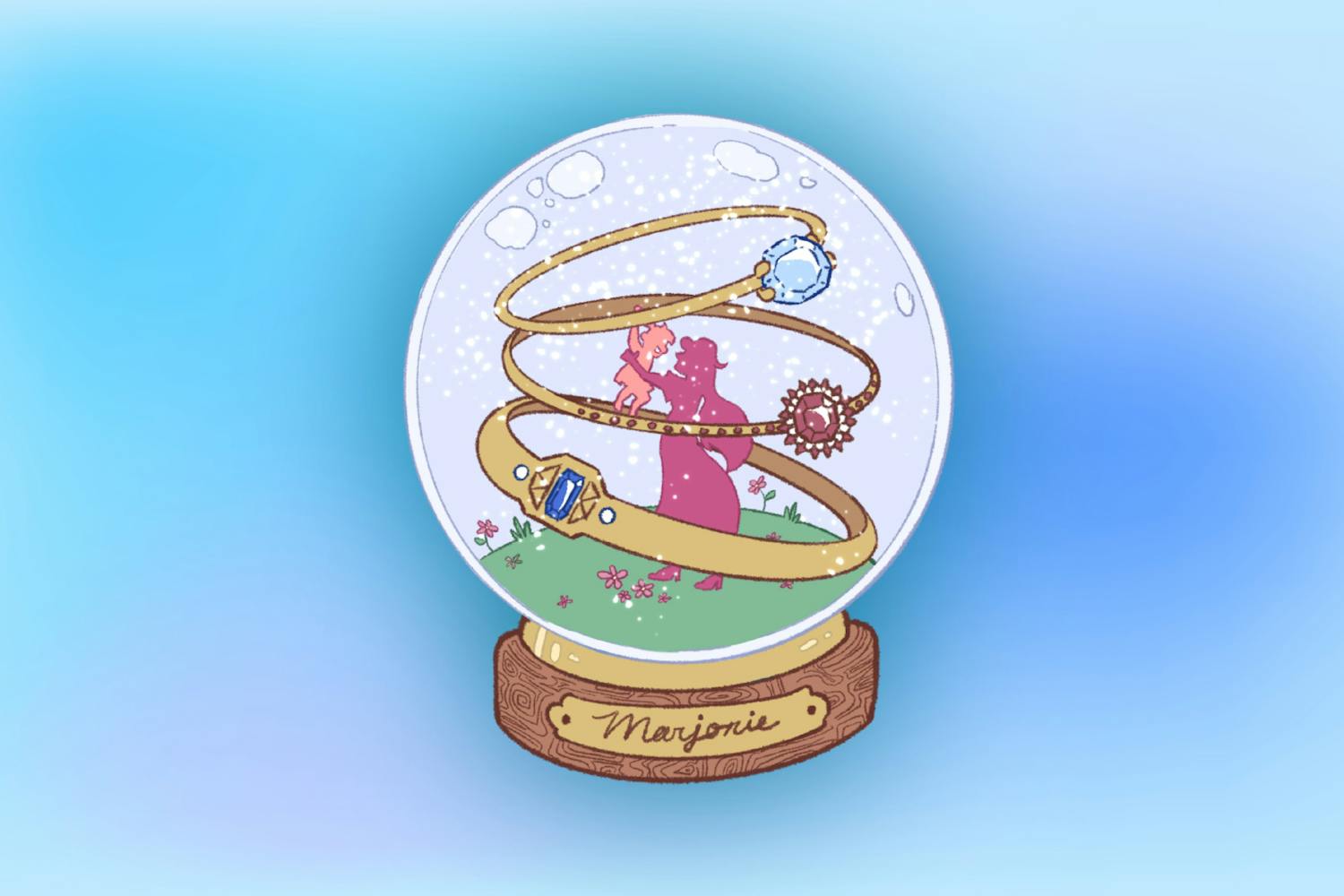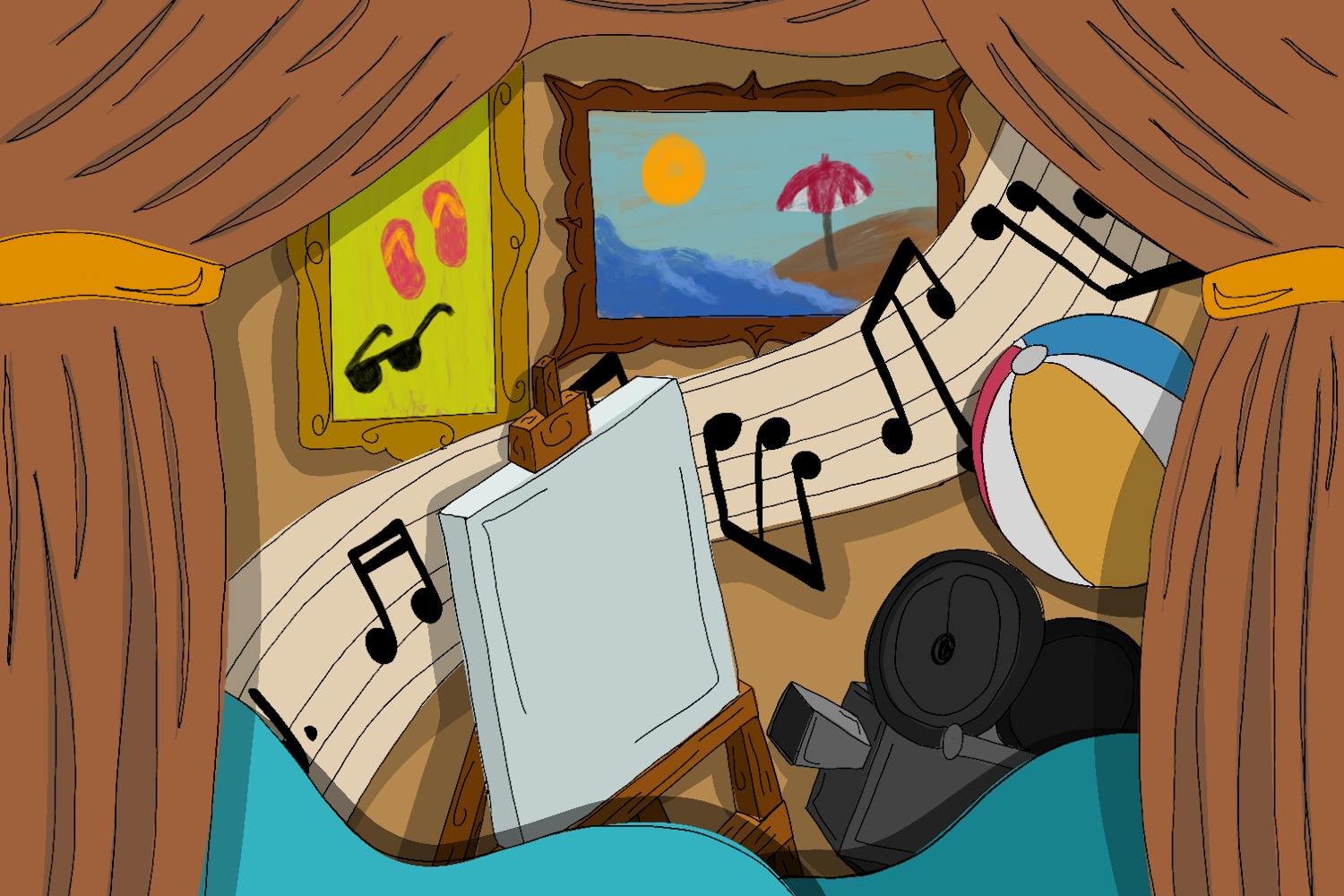Geneva award winning percussionist Aiyun Huang took the stage at ASU's Katzin Concert Hall on Tuesday. The event surrounds the art of percussion theater, where musicians showcase different styles of vocalizations, body movements and drums to portray rhythms and beats.
"Save Percussion Theater" featured five performances — four of which were performed by Huang. The first performance, "Table Music," had three percussionists: Stephen Gamboa, Edward Beyens and Fouad Melki. They used square pieces of wood and their hands to perform a synchronized number. Different motions such as flicking, sliding, clapping, slapping and finger drumming accounted for different sounds.
The sheer amount of sound cues allowed the audience to glimpse how much coordination, practice and awareness went into the piece.
Huang performed the next piece, "Aphasia," which was created by Mark Applebaum. She performed to a pre-recorded track and for each sound, there was a specific hand gesture to be made. It was a note-worthy performance. Initially, it was a bemusing choice, because there was no actual percussion in the piece. The entire song revolved around sound awareness and mental coordination to perfectly time the piece.
The second piece was called "Le Corps à Corps," and it featured drum patterns, specialized vocalizations (gasps, groans, low pitch/high pitch sounds, tongue clicking, etc) and a wine glass. "Le Corps à Corps" was created by Georges Aperghis in 1945.
The performance likely discombobulated the audience as much as it entertained them. The uniqueness of the piece was exacerbated by Huang's facial expressions, percussion dialogue with the wine glass and the jerky motions of her body. The pieces seemed dissonant with the first song, but this recital broke the rules of standard theater.
Percussion theater, like any art form, necessitates viewer interpretation. However, this particular art form would benefit from the audience being aware of percussionist tendencies and the critiquing criteria necessary for understanding the show. It has a jarring quality to the numbers and none of the pieces may be related to one another.
There are no smooth transition periods between pieces. One performance ends, and there is a break before another begins.
Percussion theater is a unique practice, and it requires the audience to have a previous appreciation for the skill. The incredible hand-eye coordination and sensory awareness that goes into percussion is amazing to see in any situation, but the art may not be a favorite for all.
Reach the reporter at Stephanie.Tate@asu.edu or follow her on Twitter @StephanieITA



